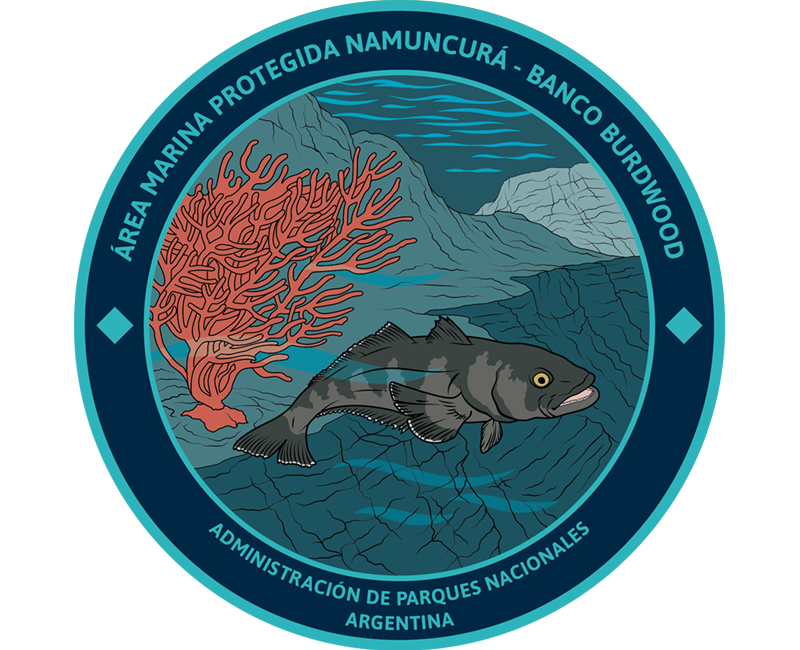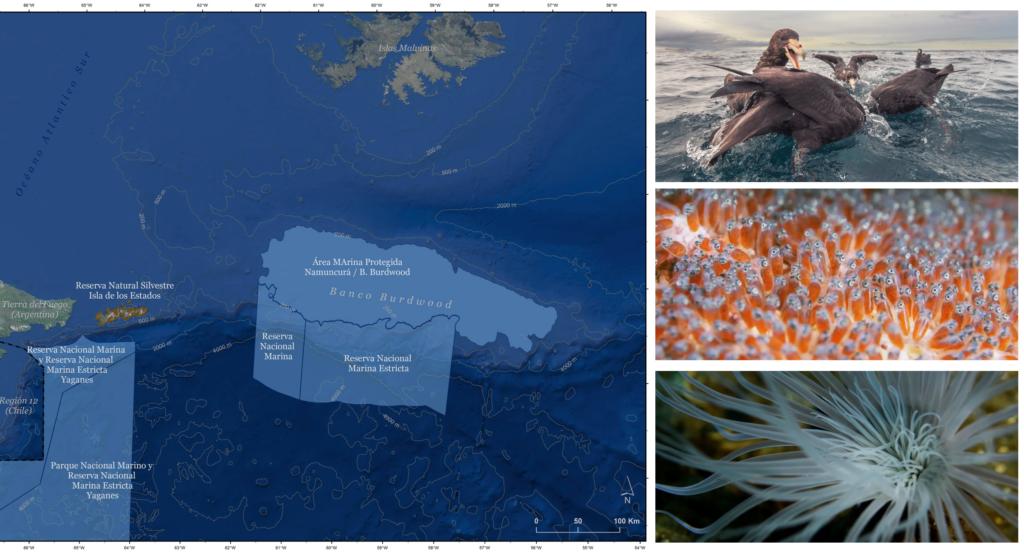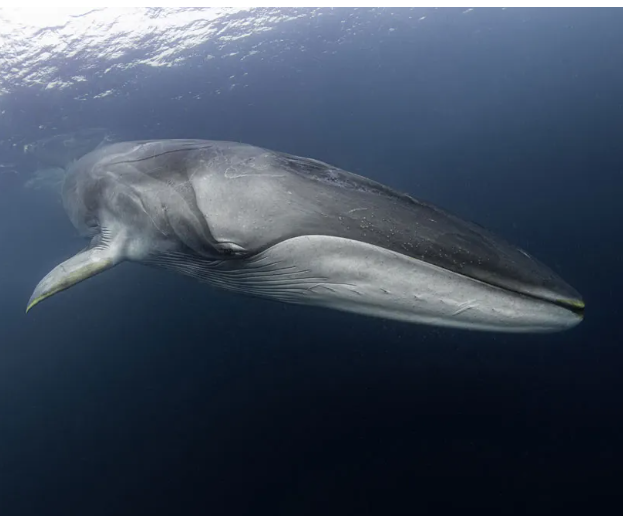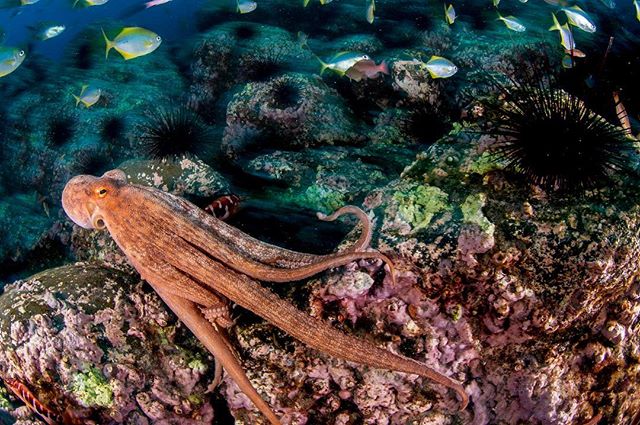It’s an extension of the current Namuncurá – Burdwood Bank I MPA. It is located south of the Malvinas Islands and east of Staten Island and covers approximately 28,973 km2. It is a submerged plateau that, being shallower than the surrounding areas and influenced by surrounding currents, triggers the upwelling of nutrients from the depths, transforming its terrain into an explosion of life. The main purpose of its creation is to complete the current Marine Protected Area to preserve the steep slope with submarine canyons that are home to unique species.


CONSERVATION
NB-Burwood II offers a unique and isolated marine environment. The slope in the southern zone includes deep seabeds (4,000 m) and submarine canyons that contain high biodiversity formed by vulnerable, endemic, and three-dimensional habitat-forming benthic species.
VALUES
NB-Burwood II is a feeding and transit area for endangered seabirds and marine mammals, such as the wandering albatross and fin whale. The Burdwood Bank area is influenced by several ocean currents and its topography produces areas of nutrient upwelling. The "animal forest" on the slope is formed by sponges, cnidarians, ascidians, and bryozoans, species that are important to the ocean system because they capture carbon and nitrogen, fulfilling functions equivalent to those of forests on land.


THREATS
On the seabed and slope of Burdwood Bank II there are animal forests. The main builders of these forests are animals, which, like some plants, are able to create three-dimensional structures that capture space and nutrients and are then used by other species for shelter, mating or eating. The species that constitute this seabed - such as sponges, soft corals, and false corals - are fragile and slow to recover.
Longline fisheries have an impact on birds and sea turtles, while gillnet and trawl fisheries pose a greater threat to marine mammals and benthic species. At least six species in the area are endangered, including the king penguin, black-browed albatross, giant petrel, and hourglass dolphin.
